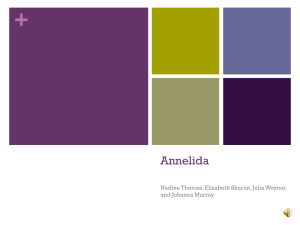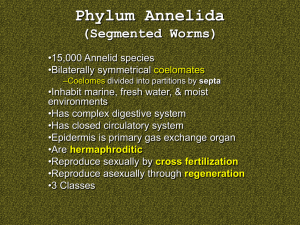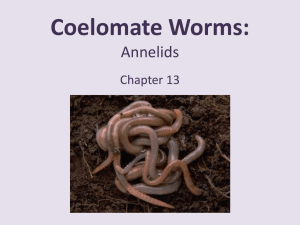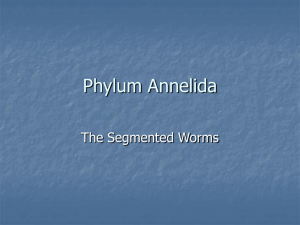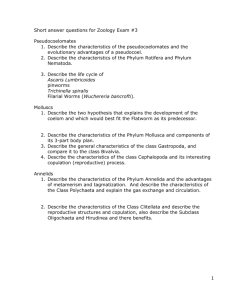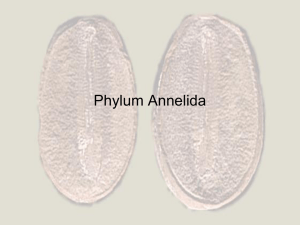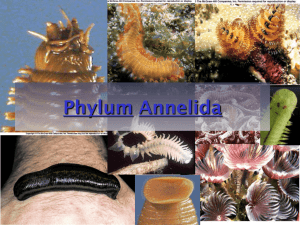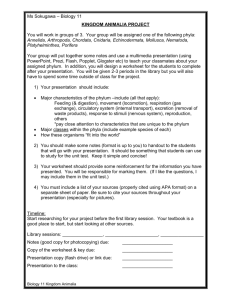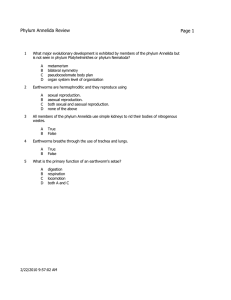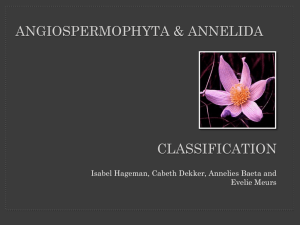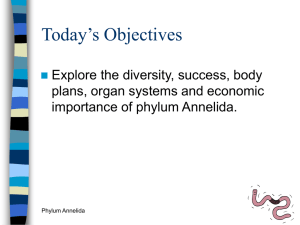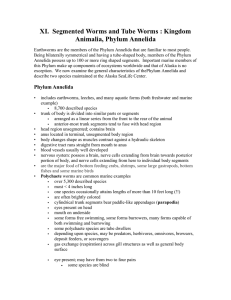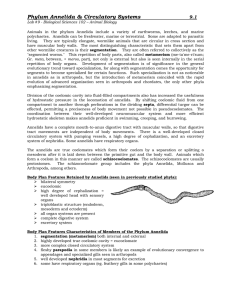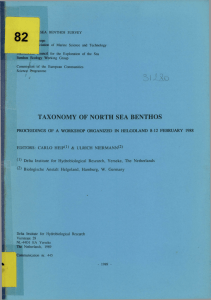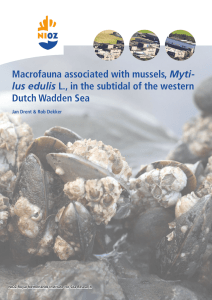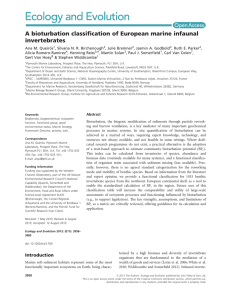File - Mr Schmitt
advertisement
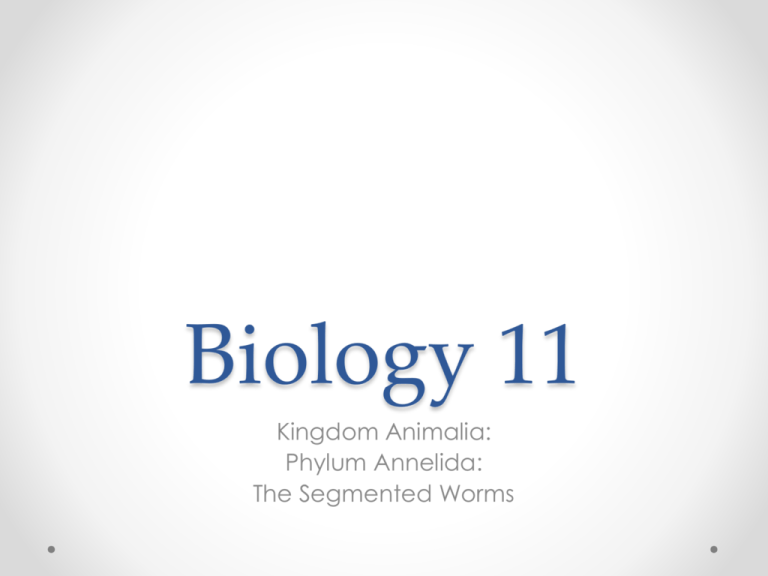
Biology 11 Kingdom Animalia: Phylum Annelida: The Segmented Worms Coelomates • At this point in animal evolution, a true coelom developed. So there is mesoderm - and therefore muscle - around the skin and the gut • It also marks the point where two great lines of animal evolution diverged: the Protostomes and the Deuterostomes The Protostomes • Contain three major phyla of animals (Annelida, Arthropoda, Mollusca) • While considered less advanced than the Deuterostomes, these phyla are the dominant animals on Earth today Phylum Annelida Objectives By the end of the lesson you should be able to: • State the advances over Nematodes • Describe all the body systems and structures (specifically on the Earthworm) • Describe the 3 classes and their example animals (and adaptations) Phylum Annelida The Segmented Worms – From the Latin Annellus ”little ring” Characteristics and Advances: 1. Their true coelom results in muscle around the gut and more coordinated digestion. Specialization of the food tube begins 2. Nervous system has a single ventral nerve cord with an anterior brain Phylum Annelida 3. First phylum to have a circulatory system - frees them from diffusion of materials - can grow larger. Also have “hearts” 4. Respiration through skin (land forms) by diffusion so must stay moist 5. Sexual reproduction (limited regeneration) 6. Unspecialized segmentation separated by septa (dividing wall) Phylum Annelida 7. Have specialized excretory units called Nephridia in pairs in each segment • Used as a kidney to get rid of metabolic wastes Annelid Classes There are three major classes of Annelids: • Class Oligochaeta: the earthworm • Class Polychaeta: the sandworm • Class Hirudinea: the leech Class Oligochaeta • “few hairs” • Contains the earthworm • Move using setae (bristles) • Fairly well adapted to land but must stay in moist environment • Head is reduced as are obvious sense organs Class Polychaeta Tube Worms close up of mouth Cluster • Contains “parapodia” that are modified setae • Used as paddles (thus this class is marine) to move about beginning of appendage development • Also used as crude gills - beginning of respiratory system • Include sandworms and tubeworms Class Polychaeta • The sandworm shows the parapodia development Class Hirudinea Leeches • These are ectoparasites that feed upon the blood of vertebrates including us. • Most common in fish • Can be used for medical purposes A leech in a persons eye Annelids Video • Hank Video
